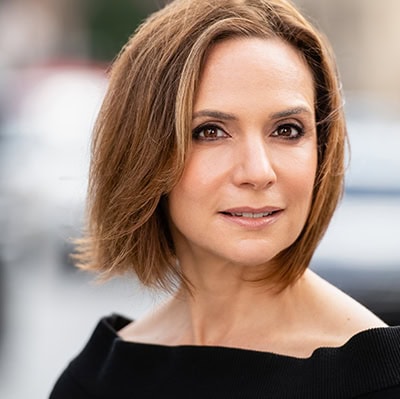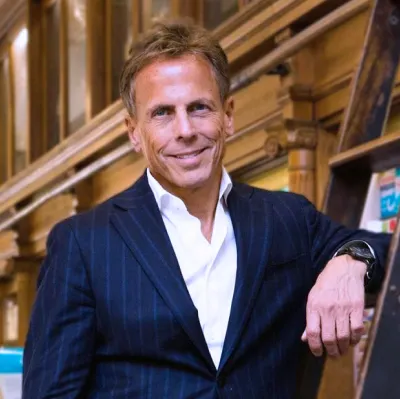
July 18, 2022
Chris Hobson, President & CEO of Rare Beauty Brands
How to Incubate NextGen Brands
As a founder of 1871 in Chicago, one of the largest incubators in the world, I’m often on the lookout for hybrid business acceleration platforms, and recently found one that looks like a rollup with an incubator on the side! On this episode of the Reboot Chronicles, I caught up with Chris Hobson, CEO of Rare Beauty Brands, who helps high-growth indie brands scale innovation, product and channel development—while empowering founders with access to new markets, funding, personnel, and highly relevant industry mentorship.
Dancing with Startups
In recent years, the indie beauty boom has presented a challenge to cosmetic conglomerates like Sephora, forcing them to rely on both partnering with and incubating beauty brands. Similarly, to grow at scale, indie beauty brands need funding to build out their tech and logistics teams, investing in marketing, new hires, geographic expansion opportunities, and even bringing in professional-grade management. Chris and his team set out to help young brands scale indie beauty startups through their friendly partnerships with prestige retailers like Sephora, Macy’s, Neiman Marcus and Ulta, to place their products online and in-store.
Secret Sauce Blend
The chemistry of having a team of people on the cutting edge of the latest industry developments and consumer trends are what sets Rare apart from the rest. Their secret formula truly lies within its team of experienced scientists, innovative R&D and marketing experts that indie brands could otherwise not access themselves. As Chris states, “Our vision is, as we grow our capabilities, we also expect to grow our staff of scientists.” Unlike other incubators, accelerators and inno-labs, Rare’s’ approach is to bring the company in and keep the young brand’s unique culture.
The company has seen success so far with its first launch, “Patchology,” and its first acquisition of “Plant Apothecary.” They prefer to work with brands that are on a profitability track and active in the professional, direct-to-consumer and traditional retail segments, generating $500,000 to $10 million in annual revenue.
Personalization-as-a-Service
While trends like clean and sustainability have changed the category, product personalization is also emerging. However, unlike other trends, custom-product-personalization is hard to provide at-scale—and as the top global brands struggle with rationalizing it, they may look to startups that are approaching it with entrepreneurial agility.
The pandemic lockdowns forced businesses to move online, causing a dramatic shift in consumer preferences. For example, the penetration rate of online beauty sales has spiked up to 35%. As this is a trend that is here to stay, Rare Beauty is working towards increased digital penetration to capture further market share through e-commerce and other digital channels. While the process of how products go to market might be changing, the fundamentals of the business are still the same whether you are a major corporation or an aspiring entrepreneur: You need to have great products, a great brand story, and get it into the consumer’s hands as efficiently as possible.
The Future of Beauty
In the current market environment, brands need to figure out cost-effective ways to connect with consumers. While retail channels take an average of 50% of the sales price, marketplaces like Walmart or Amazon take 10 to 20% of the price. One of the core benefits of entering Rare’s ecosystem is the ability of small brands to build on their Amazon-like seller capacities and strategies, along with other everchanging go-to-market approaches and distribution channels.
The retail space has recently seen major acquisitions that have the potential to influence consumer behavior: FedEx has acquired ShopRunner, which opens up interesting opportunities to influence consumers’ shopping and shipping preferences. Meanwhile, social media remains an impactful tool, especially for beauty brands, to inform and sway consumer opinions and buying behaviors.
As content remains the key to winning over customers, beauty brands are confronted with the need to develop new creative ways across all platforms to keep their attention. As such, many beauty brands have turned into media houses, dedicating a certain area of their business to focus on ROI as algorithms change rapidly, ad rates go up and consumer attention moves quickly. “Right now, the next big thing for consumer attention is Clubhouse,” explains Chris. “The app is only a few months old, but has great potential to allow brands to engage with their customers. Meanwhile, TikTok seems to be already done. Things move fast in the media world.”
Watch or listen in here or wherever you listen to podcasts.











